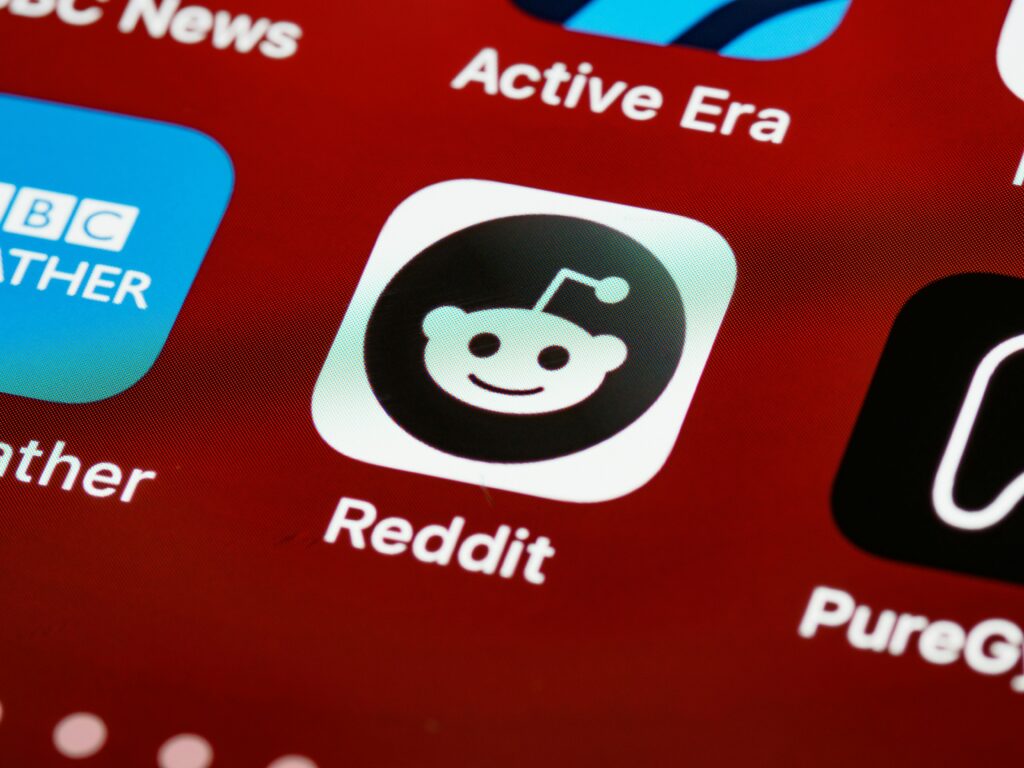Tariffs, Truth, and Partisanship: How Americans See Trump’s Trade War
The Trump administration’s assertive stance toward trade partners has kept tariffs at the center of economic debate and the news cycle. With insights from Occam, we analyze how Americans perceive the administration’s approach to tariffs – who bears the costs, the impact on prices and economic well being, the efficacy of the tariff negotiation tactics, which countries deserve tariffs, and the impact on business investment. Importantly, we focus on how views differ by political affiliation, and uncover a sharp partisan divide that shows how political identity can color interpretations when viewing the same economic facts. By examining the perceptions of both consumers and business decision-makers, we consider how the U.S. tariff policies might influence economic behavior over the coming months.










